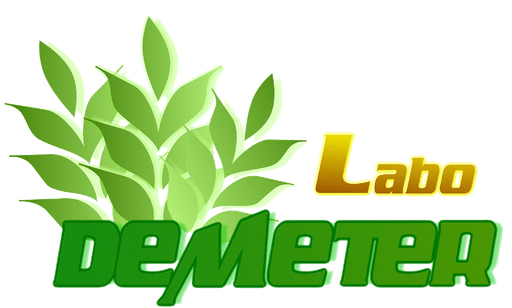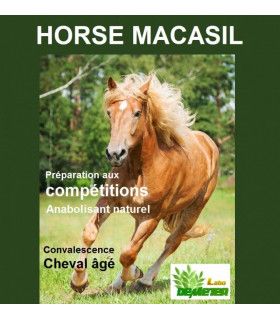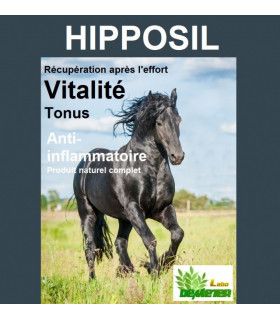Maca, a very virtuous natural supplement
Maca is a root from the Peruvian highlands that derives its properties from its unusual living conditions. It is only found in the Andes Mountains, South America, at more than 3,500 meters above sea level. It has been used for millennia by the Inca Indians, and was one of their main source of food.
The term "Maca" comes from Quechua, an ancient Peruvian dialect found in the Andes: MA means "grown at altitude" and CA means "food that strengthens".
This root has exceptional virtues. It mainly improves the general physical state by stimulating immunity and has the particularity of being an “aphrodisiac”.
Properties of Maca
Maca is a complete food that still nourishes people living in the Andes today to resist cold and harsh climatic conditions more easily. On the market of food supplements and phytotherapy, it is mainly recommended to strengthen natural defenses, better resist cold and physical fatigue, fight against the effects of aging.
Its "anabolic" type anti-asthenic properties ensure it a certain success with athletes as a natural and gentle alternative to steroidal anabolics which are often prohibited in competitions, in order to increase their physical performance.
Often nicknamed "Peruvian ginseng" or Andean ginseng for convenience, maca has different components from its very distant Asian cousin. Very rich in protein, maca contains glucosinolates, amino acids (lysine, methionine, tryptophan), trace elements (iron, copper, zinc, sodium, potassium, calcium and iodine) alkaloids and substances which act directly on the hormonal system. But both are, in the broad sense, so-called adaptogenic plants, that is to say that they allow the body to overcome imbalances on several simultaneous fronts.
Use of Maca on animals
Animals have also been cared for with plants by humans for hundreds of years!
During the discovery of America, the conquistadors began to feed their horses with MACA, and they observed fantastic results. These ancestral plants and practices have increasingly interested Westerners to put them to good use.
The most widely used version of Maca is Lepidium peruvianum Chacon, an adaptogenic plant.
Its natural anabolic properties are used in the form of food supplements based on Maca for competition horses but also on older horses to support their aging organism.
Nutritional composition of Maca
Maca is known to be a plant with great nutritional, toning and stimulating qualities. The Maca tuber, the edible part, is very interesting compared to other tubers such as potatoes, carrots or even turnips. Carbohydrates constitute 59% of Maca, lipids 2.2%, and proteins 10.2%. The composition of the major nutrients appears advantageous, compared to that of the potato for example. The amount of lipids is greater than in other roots. The fatty acid fraction shows a good composition in unsaturated fatty acids, with the presence of linoleic acid (32.6%), linolenic acid (15.4%) and oleic acid (11.1%). The amino acid composition also shows an excellent profile, thanks to the high concentration of essential amino acids. Maca also contains sterols, minerals, vitamins (B1, B2, B12, D, E, C) as well as glucosinolates.




